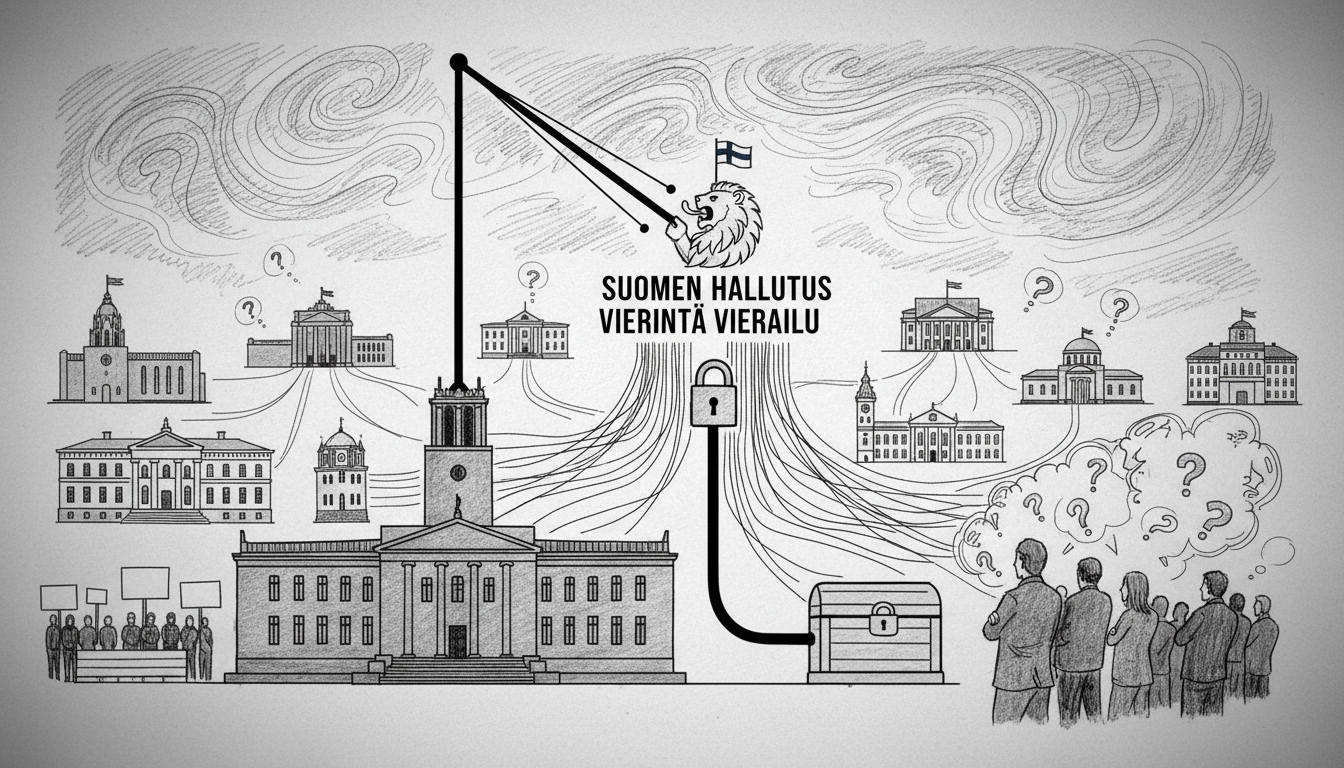The Finnish government has approved a major restructuring of its communications operations. A new central communications unit will be created within the Prime Minister's Office starting in the third quarter. This move consolidates communication functions currently spread across twelve different ministries.
The government's economic policy committee made the decision on Friday. They aim to achieve substantial savings in operational costs through this reorganization. Officials describe the targeted savings as 'substantial' compared to previous estimates.
Currently, approximately 140 communication professionals work across various ministries. These positions will be consolidated into the new central unit. The government plans to achieve cost reductions through process improvements, artificial intelligence implementation, and staff reductions.
Timo Lankinen, Undersecretary of State at the Prime Minister's Office, addressed concerns about the centralization. He stated that individual ministries will retain control over their communication content and messaging. 'Communication services will be gathered into the Prime Minister's Office as one organization,' Lankinen explained. 'Twelve organizations will merge into one entity, but content leadership for communications will remain with the relevant ministries.'
The reform has raised concerns among communication professionals and within ministries. Critics worry about potential impacts on communication transparency and the diversity of voices across different government departments. Some fear the centralization could lead to increased politicization of government communications.
This represents a significant shift in how the Finnish government manages its public communications. The consolidation mirrors trends seen in other Nordic countries where governments have sought to streamline operations and reduce costs. The move comes amid broader efforts to modernize public administration and improve efficiency across government services.
Government communications in Finland have traditionally been decentralized, with each ministry maintaining its own communication team. This structure allowed for specialized expertise in different policy areas but sometimes led to inconsistent messaging across government. The new model aims to create more coordinated communication while maintaining policy-specific knowledge.
The success of this reorganization will depend on implementation details still being worked out. How the government balances centralized efficiency with ministry-specific needs will be crucial. The changes will be closely watched by other Nordic governments considering similar reforms.
Communication professionals within the ministries now face uncertainty about their future roles. The government has not yet detailed how the transition will affect individual positions or whether all current staff will be retained in the new structure.

